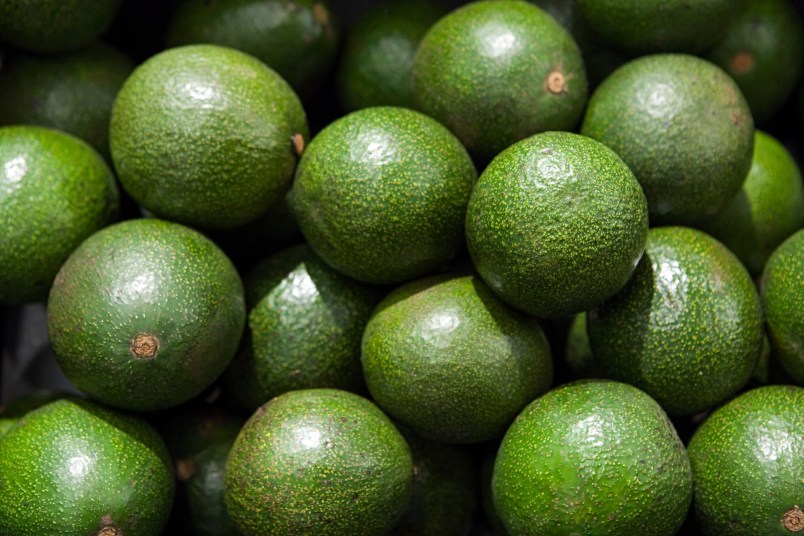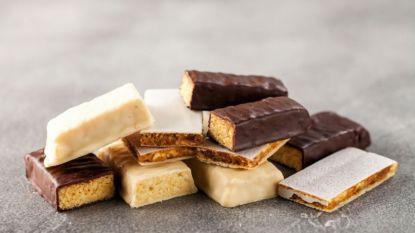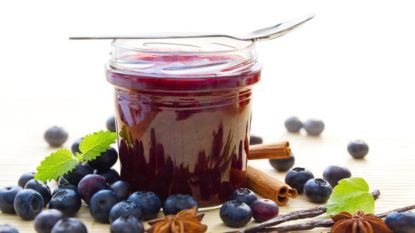All The Avocado Oil Benefits for Your Hair, Skin, and Health

Welcome to the ultimate guide on how to use avocado oil for everything, from your cooking to your beauty routine! Avocados have become more and more popular in recent years as one of the most beloved superfoods packed full of amazing benefits. You can break an avocado down piece by piece and find incredible qualities hiding everywhere — even in the pit! Of course, after discovering all the health-boosting qualities of the fruit itself, we had to take a much closer look at the oil extracted from avocados, too.
Whether you’re cooking with avocado oil or using it to give your hair and skin a kick of moisture, you’ll be glad you picked up a bottle at the grocery store. That said, you need to be careful when selecting the brand. In some cases, so-called “avocado oil” bottles are mostly just regular vegetable oil with a dash of avocado thrown in. You can also discover the easiest way to make avocado oil yourself — along with plenty of other helpful information about how to use avocado oil — below.
How to Use Avocado Oil in Cooking
Avocados are high in the “good” fats, also known as monounsaturated fats, that lower levels of “bad” cholesterol, or LDL. These good fats remain in the oil after extraction as a heart-healthy benefit, which means that means using avocado oil as you would any other cooking oil — like frying or sautéing — can add that boost of nutrients for your heart. Although it still won’t make eating fried food something you should do too often, avocado oil will do much less damage than other traditional cooking oils might. A study from the Journal of Nutrition in 2005 especially recommends adding avocado oil or fruit to your salad dressings or salsas to enhance the absorption of carotenoids in veggies like carrots and corn, which help prevent eye disease and cancer.
Avocado oil also has a particularly high smoke point at over 480 degrees Fahrenheit. That makes it the ideal cooking oil for grilling up steaks or other foods you like to heat up over a high flame. The flavor of the oil is more mild than many others, meaning it won’t change the flavor of your dish completely like cooking with peanut or other aromatic oils might. It can also be used as a healthy replacement for butter in baked goods, or just to line your pans so the food doesn’t stick.
How to Use Avocado Oil in Hair
Avocado oil is also great as vehicle for massaging essential oils that are known for stimulating hair growth directly onto the scalp. Research from 2014 and 2016 respectively found lavender and peppermint oils to contain hair-growth promoting effects and a lack of toxicity, making each an excellent option to combine with the avocado oil. You only need a few drops of the essential oils for every ounce of avocado oil, and then massage the mixture onto your scalp and allow to sit for a few minutes before rinsing out.
The International Journal of Molecular Sciences published a study in January 2018 with a laundry list of benefits including vitamins A, C, D, and E, as well as lecithin and minerals. All of those elements make avocado oil a great choice for quenching thirsty strands of hair. If you’re looking for the best way to use avocado oil as a deep moisturizer, check out the instructions listed below for making your own avocado oil hair mask. The simple steps pack a huge punch of moisturizing benefits you can appreciate on a weekly basis, or as needed if you tend to have especially difficult issues with dry hair.
How to Use Avocado Oil as a Hair Mask
Unlike the simple serum we described with essential oils, this mask is meant to be left on your hair for much longer. Ideally, you would cover your hair with a shower cap or something similar and sleep with the mask on overnight. If you’re in a rush, though, you can just keep it on for a couple of hours before gently shampooing it off.
You’ll want to prepare the mixture immediately before you plan to use it rather than keeping it stored for long periods of time. Just like all of the other helpful elements of the avocado, it’s always best to unlock them while the fruit and oil are still fresh. Still, you can use bottled avocado oil in a pinch and it will be plenty moisturizing, too. Use the avocado oil on its own as a mask or add other nourishing oils such as jojoba or shea. Instead of starting at the scalp, however, you’ll want to apply it to the ends of your strands first and work your way up. Once you’ve made your way to the tippy-top of your head, you can wrap all of the locks up in a shower cap (you don’t want any stains on your pillow!) and rinse it off in the morning.
How to Use Avocado Oil on Skin
If your skin is drier than your hair, you’ll be happy to know that several of those same benefits can apply to the rest of your body, too. Although skin is usually able to absorb avocado oil really well, there is always the chance your pores won’t agree with it and you and decide to get clogged up instead. That’s why it’s always a good idea to start with a smaller patch of skin to test with before slathering the oil all over yourself.
If you don’t notice any issues, though, you can also combine avocado oil with your regular moisturizer — either by mixing them together or layering one after the other — for extra hydration-replenishing goodness. Again, according to the International Journal of Molecular Sciences, researchers found an increased level of collagen synthesis and a decrease in inflammatory cells while conducting their experiments with avocado oil as a topical moisturizer.
The same study even found that avocado oil applied to wounds was beneficial to the healing process. There are so many expensive products out there that claim to provide the same benefits you can find right there in a bottle of avocado oil — just think of all the time and space you’ll save switching over to one product instead of a bathroom cabinet stuff full of several.
Avocado Oil vs. Olive Oil
By now, you’re probably wondering if all of these benefits really make avocado oil that much better than regular olive oil. As far as cooking is concerned, the health benefits between the two are fairly similar. Olive oil does contain less phytosterols than avocado oil, which according to the Cleveland Clinic are naturally occurring compounds that block cholesterol due to their similar structure. If you’re someone who is looking to get the biggest heart-healthy bang for your cooking oil buck, avocado oil wins over olive oil based on that alone.
If you also add in that the flavor of avocado oil is more subtle than some olive oils, then the contest is pretty much over — and we haven’t even gotten to the effects of each on our hair and skin. That’s an even simpler battle to examine. The larger amounts of vitamin E found in avocado oil outrank the amount found in olive oil. The benefits of vitamin E have been studied for decades, like the research from 2005 that found it able to prevent oxidative distress from UV rays. Basically, both of these oils have lots of good stuff going on, but avocado oil has just a little bit extra that makes it when in this competition.
How to Make Avocado Oil
You can purchase avocado oil at grocery stores or online ($19.99, Amazon), but for those who want it fresh from the source (perhaps for a hair mask!), you just need to follow a few steps. There are a couple of methods that involve using the fruit’s pulp, heating it up on the stove or in the oven, and straining out the oil that rises out with a cheesecloth. If you’re looking for something that allows you to enjoy the fruit, though, you can extract the oil from the peel instead. After all, that’s also where the more nutrient-rich areas of the avocado are, anyway.
You’ll need an orange press for this method, and about 12 avocados. (Maybe plan to make this before a big party where you can provide tons of guacamole!) Once you’ve scraped out the pulp, stack the peels and start pressing. You will still need to strain the oil once you’re done to get rid of any remnants from the peel or the pulp that made its way through. This might take awhile, so you can leave it straining overnight to make sure all that’s left is the oil. After that, you just need to pour it into a jar or bottle and store as you would any other cooking oil.
More From FIRST
Dye Fabrics a Beautiful Soft Pink With… Avocados?
How to Ripen Avocados Quickly Without Sacrificing Flavor
Edible Roses Boast Sweet Health Benefits — But Only If They’re Safe to Eat













